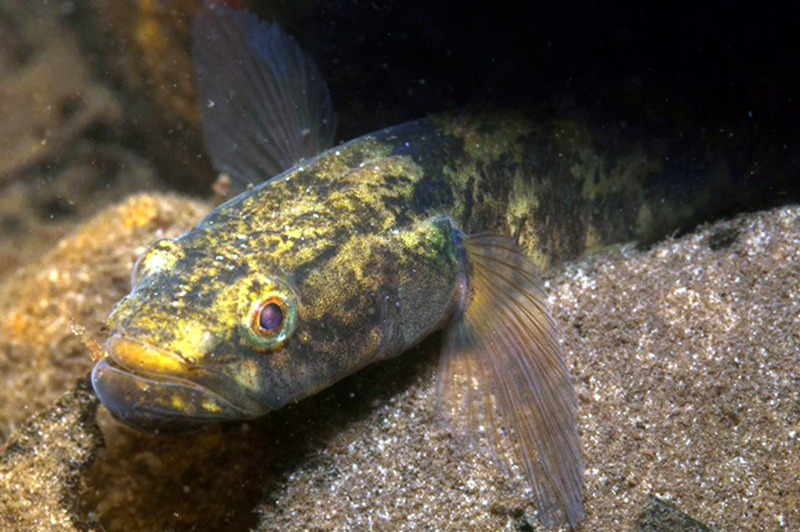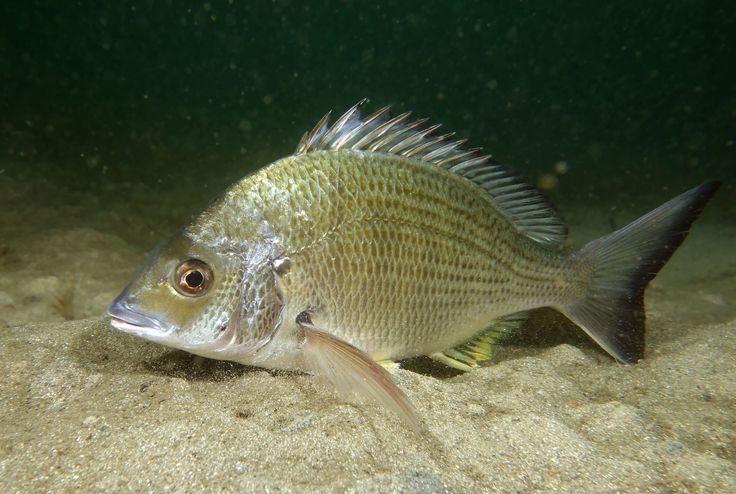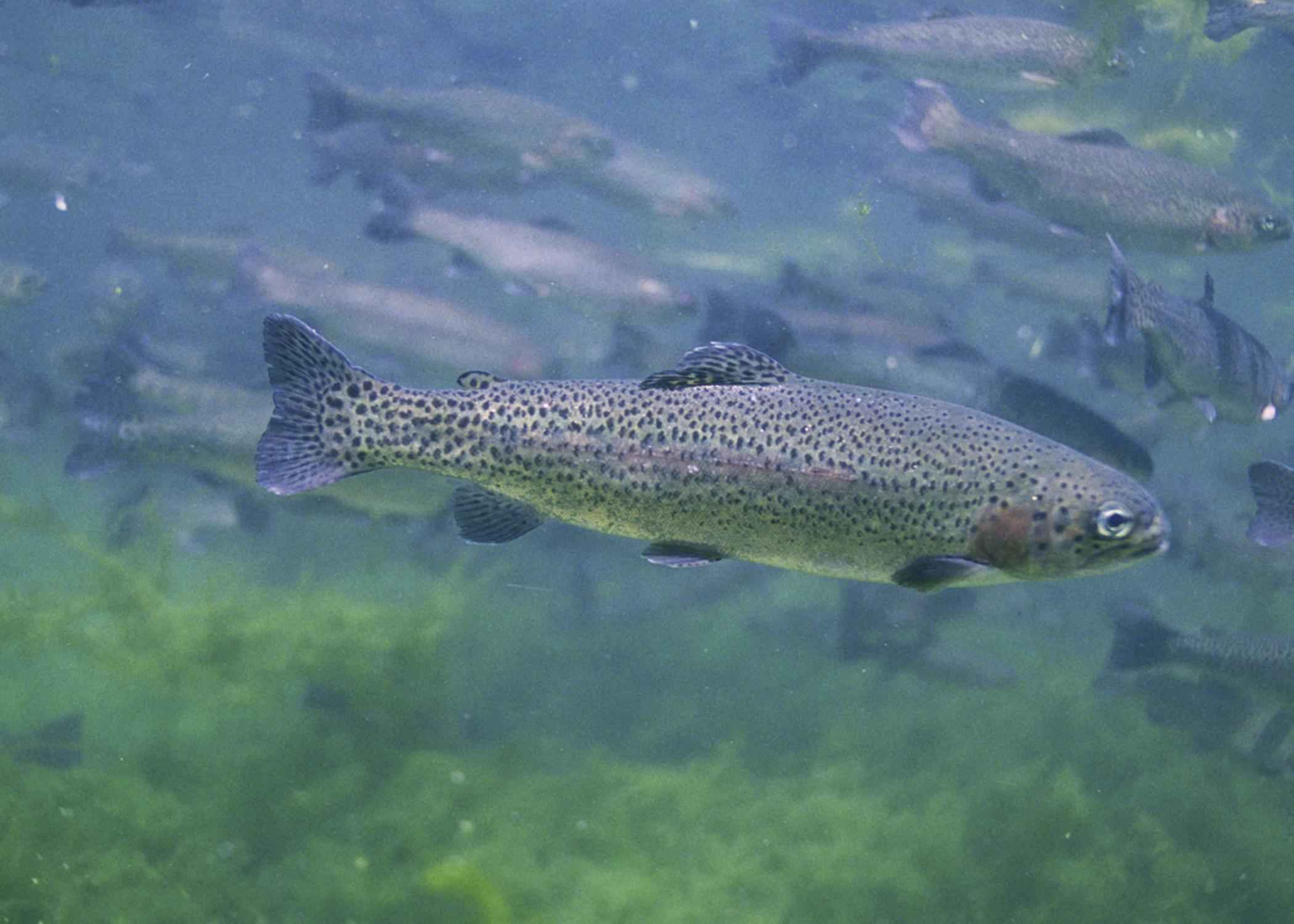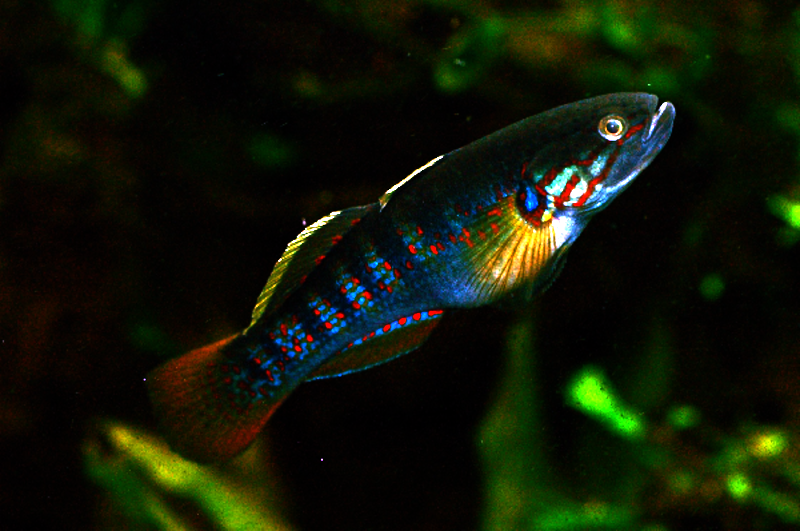Introduction:
The Flathead Gudgeon Philypnodon grandiceps is a small freshwater fish that inhabits the rivers and streams of Australia. Belonging to the Eleotridae family, this small-sized species is known for its distinctive appearance, behavior, and ecological significance. In this article, we will delve into the intriguing world of the Flathead Gudgeon, exploring its physical characteristics, habitat, behavior, and the role it plays in the ecosystems it calls home.
Physical Characteristics:
The Flathead Gudgeon is aptly named for its flattened head, a distinctive feature that sets it apart from other freshwater fish species. Typically, these fish measure around 5 to 15 centimeters in length, making them relatively small in size. Their bodies are elongated, and they display a variety of colors, ranging from olive green to brown, depending on their habitat and environmental conditions.
One of the most striking features of the Flathead Gudgeon is its large, upward-facing eyes, which aid in spotting prey and avoiding predators. Additionally, these fish possess a small, downturned mouth, allowing them to feed on a diverse diet of aquatic invertebrates and small crustaceans.
Habitat and Distribution:
Flathead Gudgeons are primarily found in the freshwater systems of eastern and southeastern Australia. They inhabit a variety of environments, including rivers, streams, ponds, and wetlands. These fish are highly adaptable and can thrive in both clear and turbid waters, showcasing their resilience to different ecological conditions.
These gudgeons prefer areas with ample vegetation, submerged rocks, and woody debris, providing them with hiding spots and opportunities to forage for food. They are known to inhabit slow-flowing waters, such as billabongs, as well as faster-moving streams.
Behavior and Reproduction:
Flathead Gudgeons exhibit interesting behaviors that contribute to their survival in the wild. They are known for their territorial nature, often defending a small section of their habitat against other members of their species. This behavior is especially pronounced during the breeding season when males establish territories to attract potential mates.
During courtship, males display vibrant colors to attract females. Once a pair has formed, the female lays adhesive eggs on submerged surfaces such as rocks or vegetation. The male then guards the eggs until they hatch, showcasing a unique parenting behavior among freshwater fish.
Ecological Significance:
Flathead Gudgeons play a crucial role in maintaining the ecological balance of their habitats. As opportunistic feeders, they help control the populations of aquatic invertebrates, contributing to the overall health of the ecosystem. Additionally, these fish serve as prey for larger predators, further linking them to the intricate web of life in freshwater environments.
Conservation Status and Threats:
While Flathead Gudgeons are not currently listed as a threatened species, their populations can be impacted by habitat destruction, water pollution, and changes in water flow. Conservation efforts aimed at protecting their habitats and maintaining water quality are crucial to ensuring the continued survival of these unique freshwater fish.
Conclusion:
The Flathead Gudgeon is a remarkable species that adds to the rich biodiversity of Australia’s freshwater ecosystems. Its flattened head, distinctive behaviors, and ecological contributions make it a subject of interest for researchers and nature enthusiasts alike. As we continue to learn more about this fascinating fish, it becomes increasingly important to implement conservation measures that safeguard its habitats and ensure its continued presence in our rivers and streams.
Photo credit: A Flathead Gudgeon, Philypnodon grandiceps, at Halls Gap, Grampians, Victoria. Mark Norman



